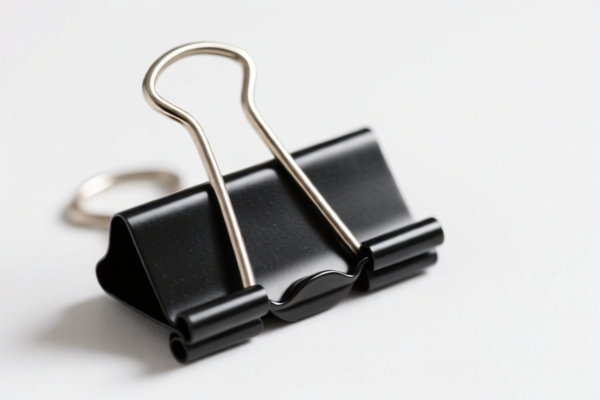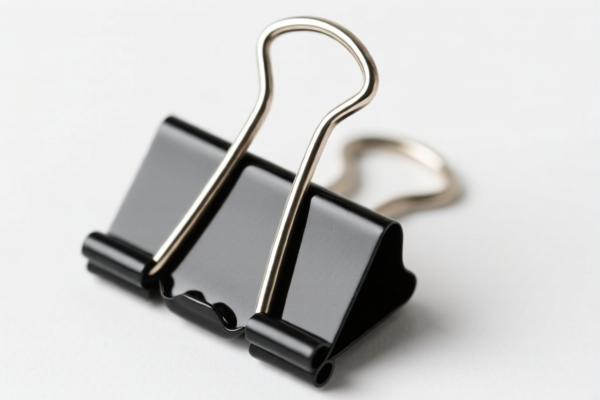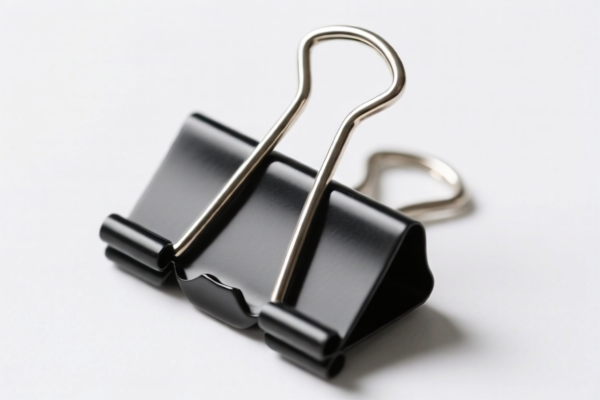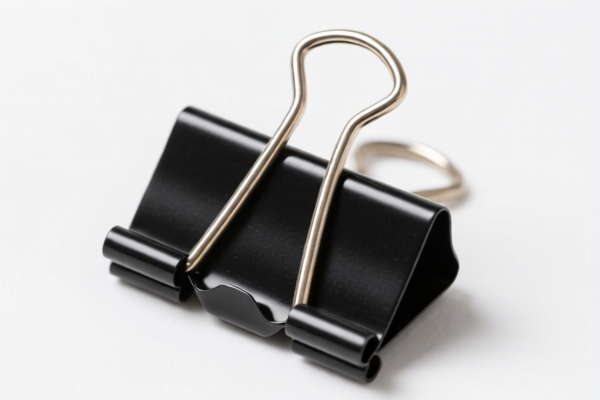| HS Code | Official Doc | Tariff Rate | Origin | Destination | Effective Date |
|---|---|---|---|---|---|
| 8547900010 | Doc | 84.6% | CN | US | 2025-05-12 |
| 8547900010 | Doc | 84.6% | CN | US | 2025-05-12 |
| 8548000000 | Doc | 55.0% | CN | US | 2025-05-12 |
| 3926908500 | Doc | 44.0% | CN | US | 2025-05-12 |
| 3925900000 | Doc | 60.3% | CN | US | 2025-05-12 |
| 3925100000 | Doc | 61.3% | CN | US | 2025-05-12 |




Wiring Clip
A wiring clip is a small mechanical fastener used to secure electrical wires, cables, and other similarly shaped objects to a surface. They are commonly employed in construction, electronics, automotive applications, and general household use to organize and manage wiring, preventing tangling, damage, and potential hazards.
Material
Wiring clips are manufactured from a variety of materials, selected based on cost, application requirements, and environmental factors:
- Plastic: Most commonly Polypropylene (PP) or Nylon. Plastic clips are lightweight, non-conductive, inexpensive, and suitable for general indoor use. They offer good resistance to corrosion.
- Metal: Typically steel (often galvanized or stainless steel) or aluminum. Metal clips provide greater strength, durability, and temperature resistance than plastic. They are often used in automotive, industrial, and outdoor applications. Stainless steel offers superior corrosion resistance.
- Combined Materials: Some clips utilize a combination of plastic and metal for enhanced properties.
Purpose
The primary purpose of a wiring clip is to:
- Secure Wires: Hold wires in place, preventing movement and reducing strain on connections.
- Organize Wiring: Create neat and orderly wiring bundles, improving aesthetics and ease of maintenance.
- Protect Wires: Minimize the risk of damage from abrasion, impact, or environmental factors.
- Reduce Hazards: Prevent wires from becoming loose, potentially causing short circuits, fires, or other electrical issues.
Function
Wiring clips function by providing a clamping force that holds the wire(s) against a mounting surface. The clip typically features:
- Clamping Mechanism: A spring-loaded or otherwise designed section that applies pressure to the wire.
- Mounting Feature: A hole, adhesive backing, or other feature allowing the clip to be attached to the surface (wood, metal, drywall, etc.).
- Wire Channel: A groove or channel to guide and support the wire.
Usage Scenarios
- Residential Wiring: Securing electrical cables along walls, ceilings, and floors during construction or renovation.
- Automotive Applications: Holding wiring harnesses in place within vehicles.
- Electronics Assembly: Managing wires within electronic devices and equipment.
- Construction: Organizing wiring for lighting, power, and data systems.
- Networking: Securing Ethernet and data cables.
- Home Theater/AV Installation: Routing and securing speaker wires and other cables.
Common Types
- Single Wire Clips: Designed to hold a single wire or cable.
- Double Wire Clips: Capable of holding two wires or cables.
- Cable Ties with Mounting Holes: A hybrid design combining the securing function of a cable tie with a mounting feature.
- Saddle Clips: U-shaped clips that support cables from underneath. Often used for larger diameter cables.
- Insulated Clips: Plastic clips with a protective coating to prevent electrical shock.
- Spring Steel Clips: Metal clips with a spring mechanism for a strong clamping force.
- Self-Adhesive Clips: Plastic clips with an adhesive backing for easy installation.
- Screw-Mount Clips: Clips with holes for screwing into a surface.
- Maxi Clips: Larger, more robust clips for heavier cables and more demanding applications.
The declared goods are wiring clips, which are fasteners used in mechanical attaching devices to secure wires. They may be made of plastics or other materials. Their primary application is in electrical installations and machinery to organize and support wiring.
The following HS codes are relevant based on the provided reference material:
- 3926908500: Other articles of plastics and articles of other materials of headings 3901 to 3914: Other: Fasteners, in clips suitable for use in a mechanical attaching device.
- 39: Chapter 39 covers plastics and articles thereof.
- 26: Heading 3926 specifically covers other articles of plastics.
- 908500: Subheading 3926908500 further defines these articles as fasteners, specifically in clips suitable for mechanical attachment.
- 8547900010: Insulating fittings for electrical machines, appliances or equipment, being fittings wholly of insulating material apart from any minor components of metal (for example, threaded sockets) incorporated during molding solely for the purposes of assembly, other than insulators of heading 8546; electrical conduit tubing and joints therefor, of base metal lined with insulating material: Other Other insulating fittings.
- 85: Chapter 85 covers electrical machinery and equipment.
- 47: Heading 8547 covers insulating fittings for electrical machines, appliances, or equipment.
- 900010: Subheading 8547900010 specifies other insulating fittings. This code applies if the wiring clip is designed for electrical insulation.
- 3925900000: Builders' ware of plastics, not elsewhere specified or included: Other.
- 39: Chapter 39 covers plastics and articles thereof.
- 25: Heading 3925 specifically covers builders' ware of plastics.
- 900000: Subheading 3925900000 further defines these articles as other builders' ware of plastics. This code may apply if the wiring clip is used in construction or building applications.
Regarding HS code 3926908500, please note that the goods are defined as fasteners in clips suitable for use in a mechanical attaching device.
Regarding HS code 8547900010, the total tax rate is 84.6%, comprising a 4.6% base tariff, a 25.0% additional tariff, and a 30% additional tariff applicable after April 2, 2025, with a 25% additional tariff for steel or aluminum products.
Regarding HS code 3925900000, the total tax rate is 60.3%, comprising a 5.3% base tariff and a 25.0% additional tariff, with a 30% additional tariff applicable after April 2, 2025.
Customer Reviews
No reviews yet.